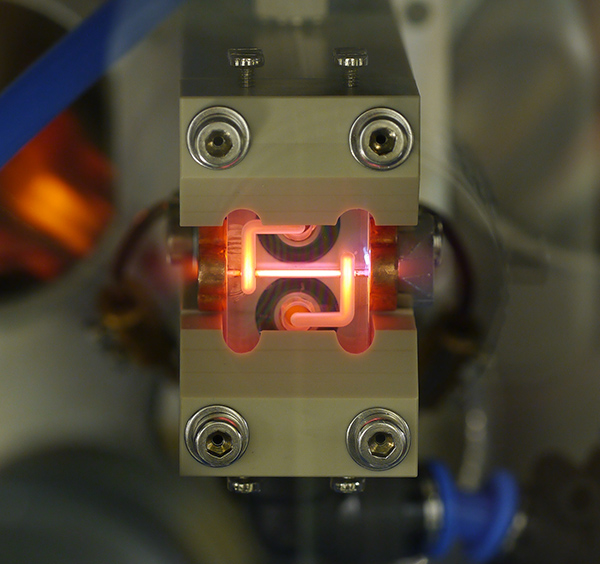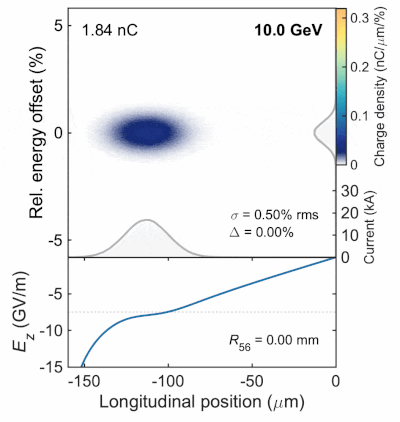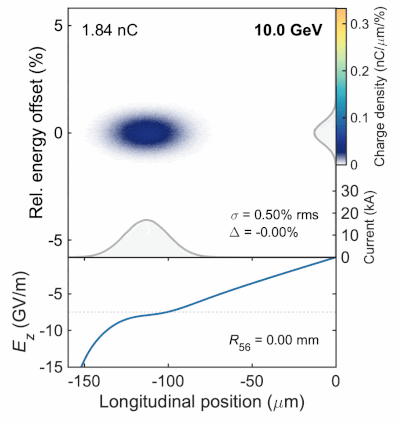About the project
SPARTA (Staging of Plasma Accelerators for Realizing Timely Applications) is an ERC-funded, 5-year project for developing new particle-accelerator technology at the Department of Physics, in collaboration with international partners.
Plasma-based accelerators, which can accelerate electrons to high energy in a very short distance (e.g., 1 GeV in 1 cm) promise more compact and much cheaper particle accelerators, but come with new challenges. Two major issues are:
- Connecting multiple plasma-accelerator modules, or stages, required to reach high energy (100 GeV or higher)—the electrons must be re-focused between stages without loss of "beam quality";
- Avoiding plasma instabilities and reducing the extremely tight tolerances (sub-micrometer/femtosecond-level).

The SPARTA-project will test two new ideas that may solve these problems:
- Non-linear plasma lenses, an upgraded version of so-called plasma lenses, that promise "perfect" focusing between accelerator stages;
- Self-correction mechanisms arising from use of multiple stages, that stabilize the acceleration without external control.
If these solutions can overcome the problems, plasma accelerators can finally deliver electrons beyond the 100 GeV-level; the highest ever. As a first application—a "low-hanging fruit" of sorts—is proposed to be an experiment in strong-field QED (quantum electrodynamics), where an extremely powerful laser pulse collides with a high-energy electron.

unstable/wrong energy.

ensures stable energy.
Objectives
- Develop non-linear plasma lenses, to connect accelerator stages/modules
- Understand self-correction mechanisms, to make plasma accelerators stable
- Design blueprints for a machine to do strong-field QED experiments
Financing
This project has received funding from the ERC-2023-StG call under grant agreement No 101116161 SPARTA.
Cooperation
- FACET-II at SLAC National Accelerator Lab (California, USA)
- CLEAR User Facility at CERN (Geneva, Switzerland)
- ADVANCE Lab at DESY (Hamburg, Germany)
Further reading
Presentation: "Solutions and challenges for a multi-stage plasma accelerator" (EuroNNac 2022)
Preprint: "Self-correcting longitudinal phase space in a multistage plasma accelerator" (arXiv)
